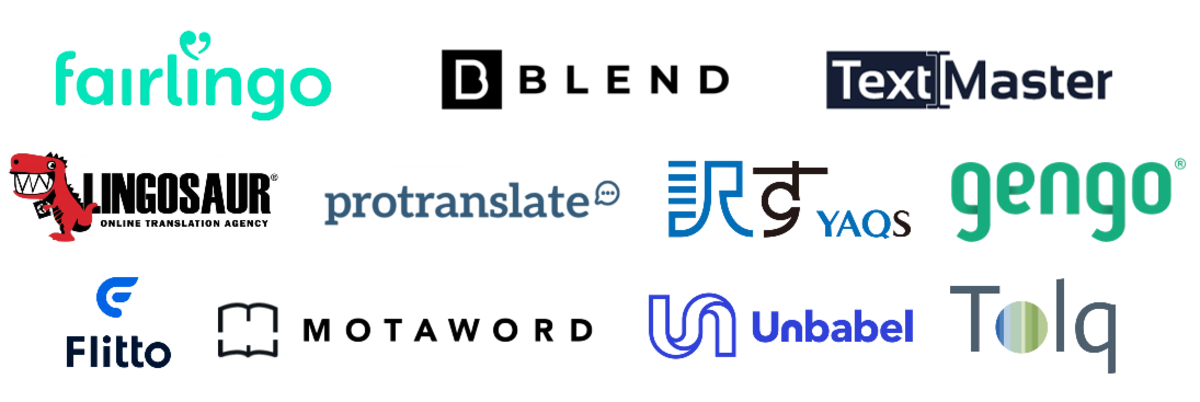How to Plan Freelancers Income Using Online Tax Tools

Freelancing is rewarding, but to be honest, money management sometimes feels like you are switching while blindfolded.
In contrast to traditional employees, freelancers do not have their taxes withheld automatically, do not receive paid sick leave, or have employer-matched benefits.
This freedom is accompanied by the obligation of figuring out income, keeping track of expenses, and organizing taxes all by yourself. That is the point where online tax tools have a role.
If you are just a freelancer, the appropriate means can inform you how much money you will owe, allow you to prepare for a quarterly tax, and during the next secret season, you will still be at a pleasant surprise.
With tools like a federal income tax calculator, freelancers can not only plan ahead but also verify if their take-home pay is in line with their financial objectives.
This guide will teach you step by step how to utilize online tax tools for better calculation, planning, and management of your freelance income.
Benefits of Using Online Tax Tools
Freelancers wear many hats: worker, marketer, project manager, and yes, accountant. Without a system, income planning can get overwhelming fast. Online tax tools simplify the process and come with a wide range of benefits:
1. Accurate Tax Estimates
There is no guarantee that you will not be overwhelmed with stress if you only guess what your total tax bill will be. In this scenario, online tools take over and do all the work for you. They consider all the tax elements from federal and state, and in some cases, even local taxes.
So, using a federal income tax calculator, you not only make sure that you do not underpay (and face penalties) or overpay (and lose money that could have been invested or used) but also save your time.
2. Time-Saving Calculations
First of all, working with manual spreadsheets is not only boring but the likelihood of human error is quite high as well. Tax tools do in less than a minute what would probably take you hours.
The automation of the calculations is done in a matter of seconds, thus, the user saves hours to work and can invest this time into other client projects.
3. Real-Time Adjustments
This statement will not contradict the one that says a freelancer's income is never steady. For example, you could snag a huge client one month, and the next you might not have any new prospects.
Online tax calculators make it possible for you to adjust the numbers whenever you want resulting in a strategy that keeps up with the actual revenue.
4. Built-In Self-Employment Tax Handling
The paycheck from a traditional job is already deducted for Social Security and Medicare contributions. Freelancers are responsible for these payments through the self-employment tax.
Most of the tools come with these particular calculations so that you do not miss the point which is one of the reasons why beginners overlook the self-employment tax.
5. Expense Tracking and Deductions
Several instruments give you the opportunity to report various types of expenses incurred such as the purchase of office supplies, the internet bill, and hotel stay due to business trip, for example.
Consequently, the income that can be taxed is decreased making sure that you pay only the part of the income that is the tax. You not only save money by using the deduction method but also in April, you do not turn your whole office into a wrestling arena to fight with the receipts.
6. Peace of Mind and Confidence
One of the greatest advantages, maybe, is the psychological aspect. The feeling of being prepared throws away the nervousness of "tax season shocks." You will not dread April but rather feel that you have control and that your savings are what you owe.
7. Financial Planning for the Future
The tools are not limited to the tax purpose only. By giving the percentage of your gross income that is your net income, they provide assistance in managing personal objectives like setting aside money for the future, having a financial cushion, or going on a holiday.
Why Freelancers Struggle with Income Planning
The reason that freelancers have a hard time with income planning is that they are in some kind of situations which a traditional employee is not in.
Consequently, project unpredictability, irregular payment schedules, and tax responsibilities are not making income planning an easy task.
Common struggles include:
- Only you are in charge of taking the right steps in the matter of taxes: Put it simply, you need to take care of self-employment tax, federal income tax, and, in some cases, state and local taxes by yourself.
- Quarterly Tax Payments: Besides that, instead of making your payment once a year, you are required to do it four times a year (once every three months).
- Inconsistent cash flow: Payment delays by customers may result in the difficulty of bill and expense planning.
- Deduction tracking: In order to be able to deduct business-related expenses such as software, internet, and office supplies, the expenses should be meticulously tracked.
Freelancers who lack the necessary tools can quite frequently miscalculate their tax obligations and end up with tax arrears.
Step-by-Step: Planning Freelance Income with Online Tax Tools
Step 1: Estimate Gross Income
To start with, itemize all income sources you anticipate to make throughout the year. These could be:
- Client work
- Monthly retainers
- Royalties or commissions
- Side hustle earnings
Some freelancers tend to underestimate their incomes to keep within the "safe zone," but it is better to be real so you don't underpay taxes.
Step 2: Use a Federal Income Tax Calculator
After working out your gross income, you should enter it in a federal income tax calculator. Such calculators allow you to enter:
- Gross income
- Filing status (single, married, head of the household)
- Number of children
- Estimated deductions (standard or itemized)
This enables you to see your federal tax obligation clearly. Accordingly, you can schedule how much to set aside every month.
Step 3: Account for Self-Employment Tax
Self-employed workers have to pay self-employment tax that covers Social Security and Medicare. At present, this rate is 15.3%. Most online calculators do this automatically.
Step 4: Deduct Business Expenses
Business expenses lower the amount of taxable income. There are tools that allow you to enter expenses such as:
- Billing for the internet and phone
- Costs related to a home office
- Subscription to software
- Work travel
This makes you pay no more than the necessary amount of taxes.
Step 5: Plan Quarterly Payments
After calculating your yearly tax obligations, you should divide the total amount into four equal payments that correspond to the four quarters of the year. A lot of tools help you see the breakdown and indicate the amount you have to put aside each quarter.
Step 6: Adjust for Actual Income
The income from freelancing is not constant. A monthly or quarterly revisit of your calculator to change the figures to match the reality is the right thing to do. If you made more or less than the planned amount, so as to keep your tax plan accurate, you have to change the numbers accordingly.
Best Online Tax Tools for Freelancers
There are few tools which make the tax filing process effortless:
- IRS Tax Withholding Estimator - A good starting point.
- TurboTax Self-Employed - Manages the budget and calculates the tax owed.
- QuickBooks Self-Employed - Gives the actual balance of the account through the bank sync.
- H&R Block Tax Calculator - The device is simple and accurate.
None of these are mutually exclusive. They offer different functions and features which cater to the specific needs of freelancers such as automatic tax estimation and expense tracking.
Tips for Stress-Free Freelance Tax Planning
- At least 25-30% of your total income for taxes should always be saved to ensure that you are safe in the end.
- Having separate business and personal accounts will make the tracking process much easier.
- Moreover, you may use
bookkeeping apps together with tax calculators.
- Always go back to your monthly estimates to modify them according to actual earnings.
- If your income reaches six figures or more, it is better to hire a CPA to work with you.
Conclusion
The way to figure out one’s freelance income does not need to be very daunting. Using the correct online tax tools, you can easily move from a state of doubt to a well-outlined route.
Through the estimation of the gross income, accounting for the deductions, and employing a federal income tax calculator, freelancers are able to take a firm grip on their quarterly payments and maintain financial stability.
Instead of fretting over what the tax day will bring, you will know exactly your position - and that kind of tranquility is beyond price.
© 2025 Aboah Okyere








